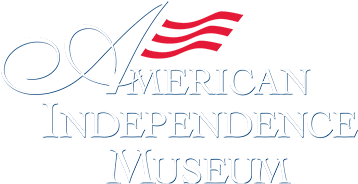The Broadside
The official blog of the American Independence Museum
Welcome to The Broadside, the official blog of the American Independence Museum. Get exclusive behind-the-scenes looks at our exhibits, meet our dedicated staff, researchers, and college interns, and discover the stories that bring history to life. Join us on The Broadside – where the past comes alive in new and interesting ways.
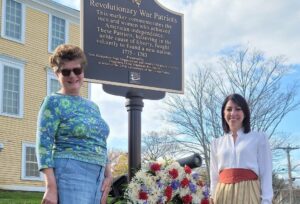
Building Bridges to our Past and Future
Working statewide for many years with various nonprofits as a volunteer, nonprofit consultant, and in leadership roles as a staff member, longtime Exeter resident Karen Prior took a step closer
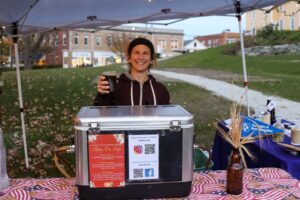
UNH Brewing Science Laboratory Headlines Final 2024 Beer for History
On Thursday, November 21, 6:00 p.m. to 8:00 p.m., the American Independence Museum (AIM) will host their final Beer of History of 2024, featuring beer brewed by UNH Brewing Science Laboratory.
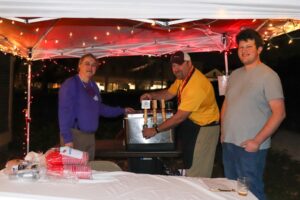
AIM to Host Real Pirates Salem at Beer for History Event
On Thursday, November 7 at 6:00 p.m., the American Independence Museum (AIM) will welcome Real Pirates from Salem, Massachusetts to historic Folsom Tavern (1775) for a maritime-themed Beer for History event.
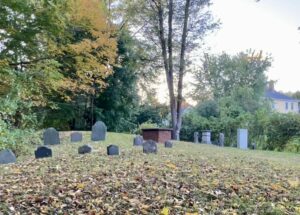
American Independence Museum to Offer “Spooky” Stroll
On Sunday, October 27, at 5:00 p.m. and 7:30 p.m., the American Independence Museum (AIM) will offer a “spooky” walking tour, Exeter After Dark: Crime, Haunts, and Local Lore.
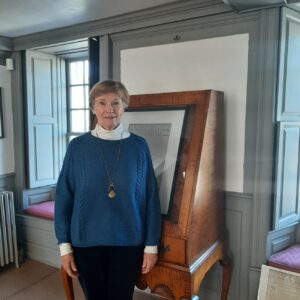
Stepping Up for Democracy (Q&A with Judy Rowan)
How did you become involved with the American Independence Museum (AIM), and what motivated you to join the board? I joined the board five years ago and am currently in
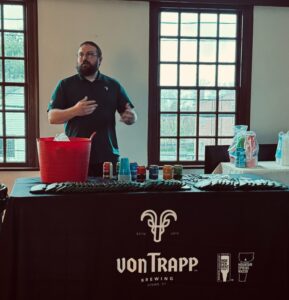
AIM to Welcome Sam von Trapp at Beer for History
On Thursday, October 24 at 6:00 p.m., the American Independence Museum (AIM) will welcome Sam von Trapp and von Trapp Brewing to historic Folsom Tavern (1775) for Beer for History, presented by Donahue, Tucker & Ciandella. Sam von Trapp is the grandson of Maria and Georg (Captain) von Trapp, the family who inspired The Sound of Music.
